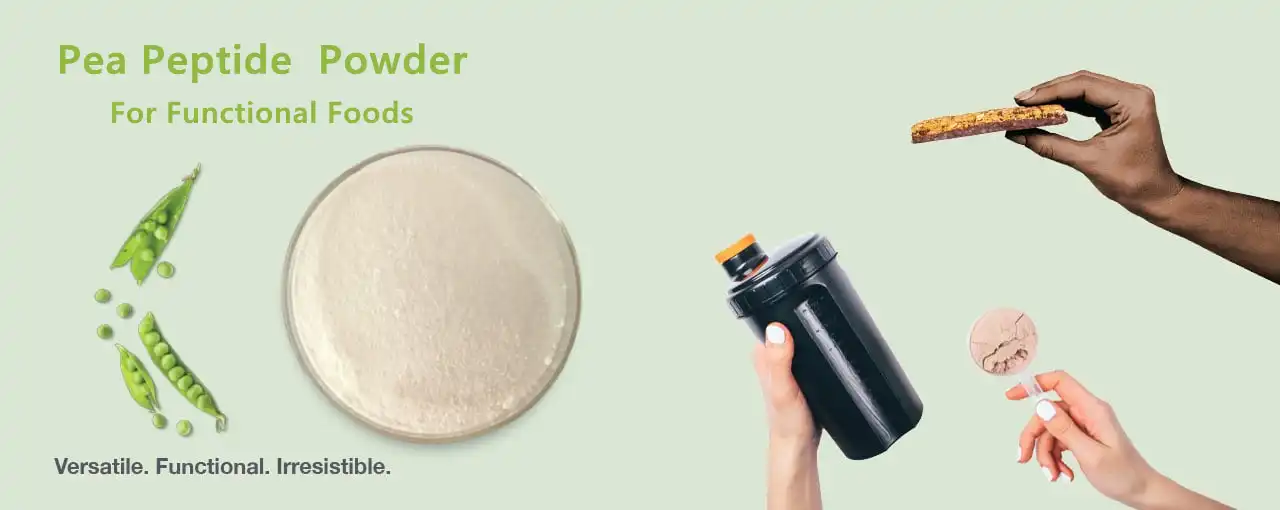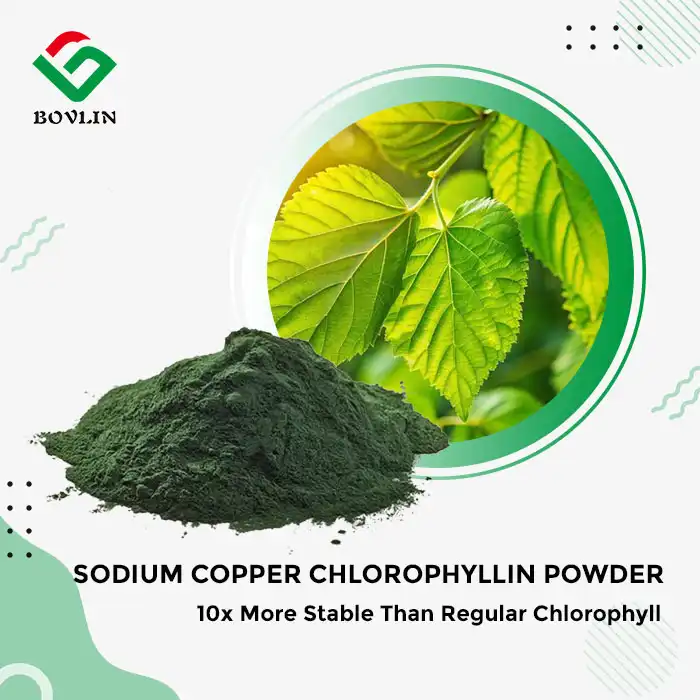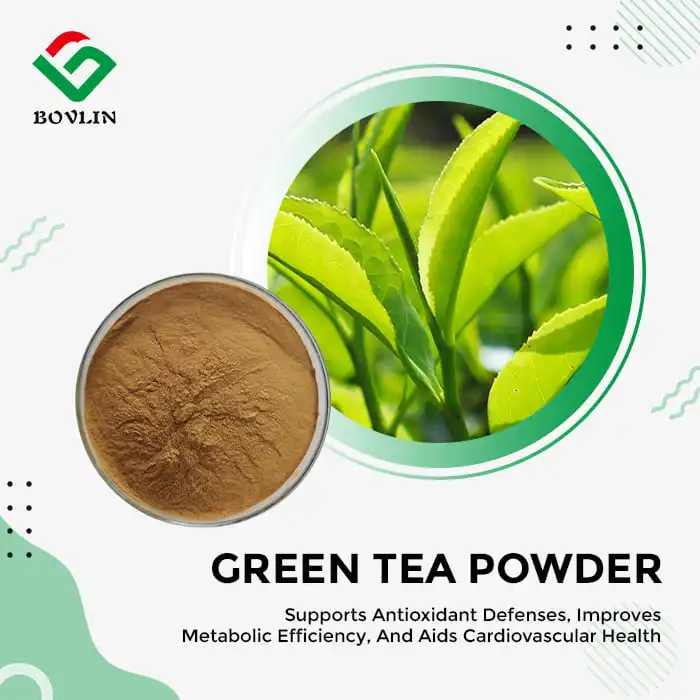What Is the Nutritional Profile of Hydrolyzed Pea Protein?
Amino Acid Composition
Hydrolyzed pea protein powder boasts a well-balanced and comprehensive amino acid composition, making it a complete plant-based protein. It provides all nine essential amino acids the human body cannot synthesize, including leucine, isoleucine, and valine—three branched-chain amino acids (BCAAs) critical for muscle repair and growth. The hydrolysis process breaks down these proteins into shorter peptide chains, improving solubility, digestibility, and absorption rates in the digestive tract. This makes it an ideal ingredient for sports nutrition and functional food applications.
Protein Content and Quality
Pea protein hydrolysate powder generally contains between 80% and 85% protein by dry weight, aligning it with many premium protein sources like whey or soy. It has a PDCAAS of approximately 0.89, reflecting high digestibility and excellent amino acid utilization. This high-quality protein content enables manufacturers to develop fortified products that support muscle maintenance, recovery, and general wellness. Its non-GMO, hypoallergenic nature also enhances its appeal across consumer groups with dietary restrictions or allergies.
Micronutrient Profile
Beyond its macronutrient value, hydrolyzed pea protein powder delivers key micronutrients essential for health. It is a rich source of plant-based iron, supplying 5–7 mg per 100 grams, which supports oxygen transport and energy production. It also contributes meaningful levels of magnesium and potassium, which are vital for electrolyte balance, nerve function, and muscle health. Trace elements like zinc further enhance its functionality, promoting immune support and enzymatic activity in the body, making it a nutrient-dense choice for food and supplement formulations.

Digestive Tolerance and Allergen Considerations
Ease of Digestion
One of the primary benefits of pea peptide powder is its excellent digestibility, especially after undergoing enzymatic hydrolysis. This process breaks down complex proteins into smaller peptide fragments, making them easier for the digestive system to absorb and utilize. As a result, the digestive load is significantly reduced, minimizing the risk of discomfort such as bloating or indigestion. This makes hydrolyzed pea protein particularly suitable for inclusion in nutritional products formulated for individuals with delicate digestive systems, including children, seniors, and those with gastrointestinal sensitivities.
Allergen-Friendly Properties
Pea protein and pea peptide powder are naturally devoid of many major allergens, including soy, dairy, gluten, and eggs. This makes them especially valuable ingredients in allergen-conscious formulations designed for consumers with specific dietary restrictions or food sensitivities. With the rising demand for clean-label, allergen-free products, hydrolyzed pea protein presents a safe and versatile protein source for a broader demographic. Nonetheless, although rare, pea-specific allergies can occur, so manufacturers must include accurate labeling and allergen warnings to ensure consumer safety and regulatory compliance.
Potential Digestive Adaptations
Despite its high digestibility, some individuals may experience mild gastrointestinal responses—such as gas, bloating, or changes in bowel movement—when first introducing hydrolyzed pea protein into their diet. These symptoms are typically temporary and may subside as the digestive system adjusts to the new protein source. To enhance consumer experience, manufacturers can recommend gradual incorporation into meals or product servings. Offering consumption guidance on packaging can help mitigate initial digestive responses and encourage greater consumer acceptance and comfort with the product.
Long-Term Use and Safety in Functional Foods
Sustainability and Environmental Impact
Pea protein powder offers significant environmental advantages compared to animal-based proteins. Peas require less water and land to cultivate, and their production generates fewer greenhouse gas emissions. For food manufacturers committed to sustainability, incorporating pea protein hydrolysate into their products can align with eco-friendly initiatives and appeal to environmentally conscious consumers.
Regulatory Status and Safety
Hydrolyzed pea protein powder has been recognized as safe for use in food products by regulatory bodies worldwide. It has GRAS (Generally Recognized as Safe) status in the United States and is approved for use in the European Union. Long-term studies have not indicated any significant adverse effects associated with regular consumption of pea protein. This regulatory acceptance provides food manufacturers with confidence in incorporating pea peptides into their formulations.
Versatility in Food Applications
The functional properties of pea protein hydrolysate make it suitable for a wide range of food applications. Its neutral taste and good solubility allow for easy incorporation into beverages, baked goods, snacks, and meat alternatives. Food manufacturers can leverage these properties to develop innovative, protein-enriched products that meet consumer demands for plant-based options without compromising on taste or texture.

Conclusion
Hydrolyzed pea protein powder stands out as a nutritionally rich, easily digestible, and versatile ingredient for the food industry. Its impressive amino acid profile, high protein content, and allergen-friendly nature make it an excellent choice for manufacturers looking to create functional foods that cater to diverse consumer needs. While individual responses may vary, the long-term safety and sustainability of pea protein further cement its position as a valuable component in the future of food production.
Contact Us
Are you interested in incorporating high-quality hydrolyzed pea protein powder into your food products? Contact Shaanxi Bolin Biotechnology Co., Ltd. at sales1@bovlin.com to learn more about our premium pea protein solutions and how they can enhance your product offerings.











